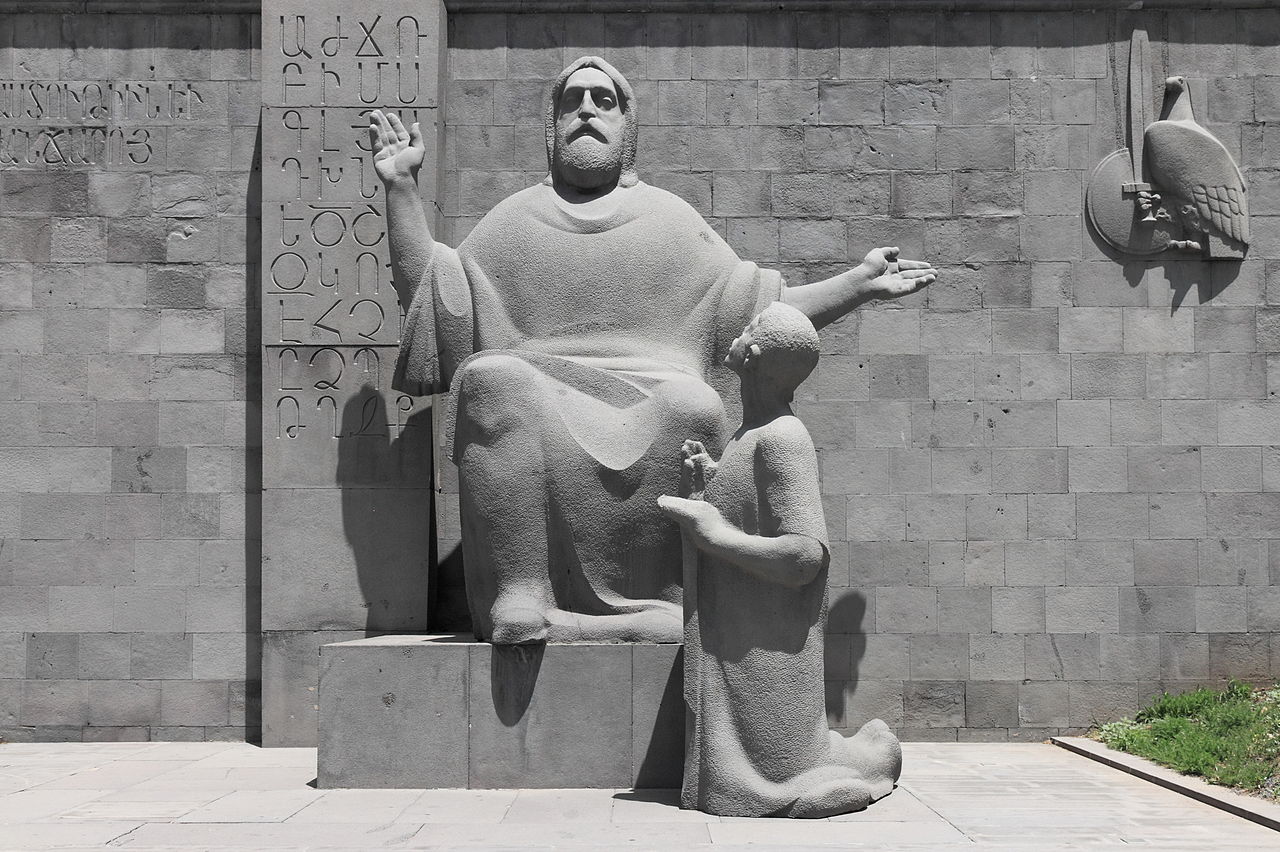History:

The Mesrop Mashtots Institute of Ancient Manuscripts (Armenian: Մեսրոպ Մաշտոցի անվան հին ձեռագրերի ինստիտուտ), commonly referred to as the Matenadaran, is a repository of ancient manuscripts, research institute and museum in Yerevan, Armenia. It holds one of the world's richest depositories of medieval manuscripts and books which span a broad range of subjects, including history, philosophy, medicine, literature, art history and cosmography in Armenian and many other languages.
The earliest mention of the term matenadaran, which means "repository of manuscripts" in Armenian, was recorded in the writings of the fifth century A.D. historian Ghazar Parpetsi, who noted the existence of such a repository at Etchmiadzin Cathedral, where Greek and Armenian language texts were kept.
The Matenadaran was designed by architect Mark Grigoryan. Located slightly north of the Yerevan's center at the foot of a small hill, construction began in 1945 and ended in 1957. The exterior was constructed of basalt but parts of the interior were made of other materials such as marble. In the 1960s, the statues of historical Armenian scholars, Toros Roslin, Grigor Tatevatsi, Anania Shirakatsi, Movses Khorenatsi, Mkhitar Gosh and Frik, were erected on the left and right wings of the building's exterior. The statues of Mesrop Mashots and his pupil are located below the terrace where the main building stands.
Check the Books and Collection